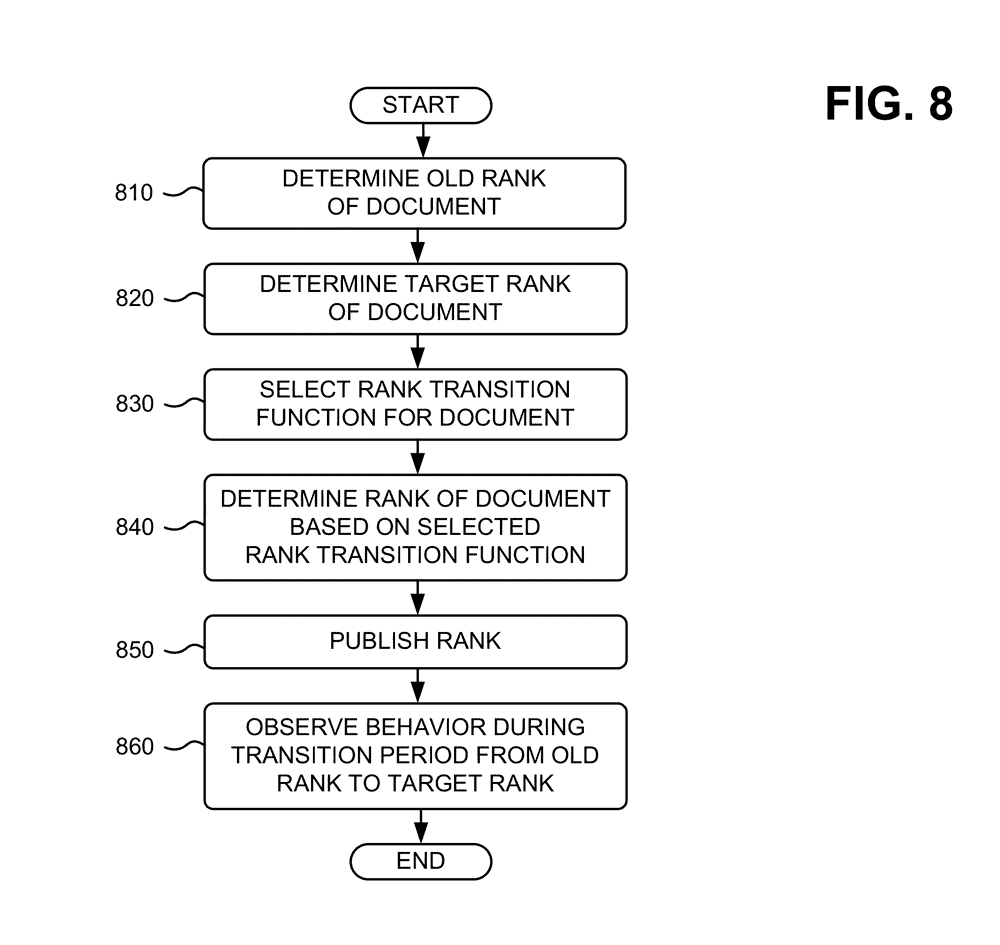Google does not reward changes overnight
When you add pages or earn links, rankings do not jump right away. A Google patent describes rank transition functions that can delay or vary position over time. The goal is simple. Reduce spam and test if changes are real and durable before granting higher rank.
- Effects may be delayed for weeks
- Positions can move up and down before settling
- Stable signals over time beat quick spikes
Reference: US 8,244,722 B1 describes rank transition behavior that can smooth or delay ranking changes.

Month 1. Lay the groundwork
The first 30 days focus on setup that makes results possible. You may not see big movement yet. This work removes blocks and builds the base your city pages need.
- Fix crawl and index errors
- Speed up mobile pages and forms
- Publish service and city pages for junk or scrap your vehicle queries
- Optimize Google Business Profile and categories
- Start citation cleanup and review requests
Months 2–3. The transition phase
This is where rank transition shows up. Even with strong updates, Google may hold positions back. It may also dip rankings before allowing steady gains. This is normal.
- Track keywords weekly instead of daily
- Add helpful content that answers price, towing, and title questions
- Earn local links and press mentions
- Grow reviews with clear asks and QR codes
- Refine internal links and schema for vehicles and services
Expect mixed signals in this window. Some terms rise. Some terms hover. Calls and form fills start to tick up, then level, then rise again.
Month 4 and beyond. Momentum
By month four Google has enough data to reward consistent signals. Pages stabilize. Map rankings improve. Calls increase. The yard that kept going now passes competitors who stopped after six weeks.
- Primary terms stabilize in the top set for your market
- Map Pack visibility improves across more ZIP codes
- Cost per lead drops as organic traffic grows
- Content and reviews compound results each month
Why patience pays for salvage yards
Paid leads cost $80 to $120 per car. SEO builds an asset you own. Google uses time to separate quick tricks from real signals. Give the work enough runway and your yard benefits for years. This is how you lower cost per car and keep the customer relationship.
- Own your site, rankings, and customer list
- Negotiate and follow up on your terms
- Reduce spend on third parties over time
Final word. Do not quit early
Many yards stop after 60 days. That feeds the same system that delays quick wins. Keep publishing. Keep asking for reviews. Keep building links and citations. Month four is where steady gains turn into daily calls you do not have to buy. That’s when it becomes more valuable to do your own campaign vs buy junk car leads.
Tractleads can help. We set up the base, push through the transition, and build the momentum that brings sellers straight to you. If you want to own your leads, book a strategy call.
